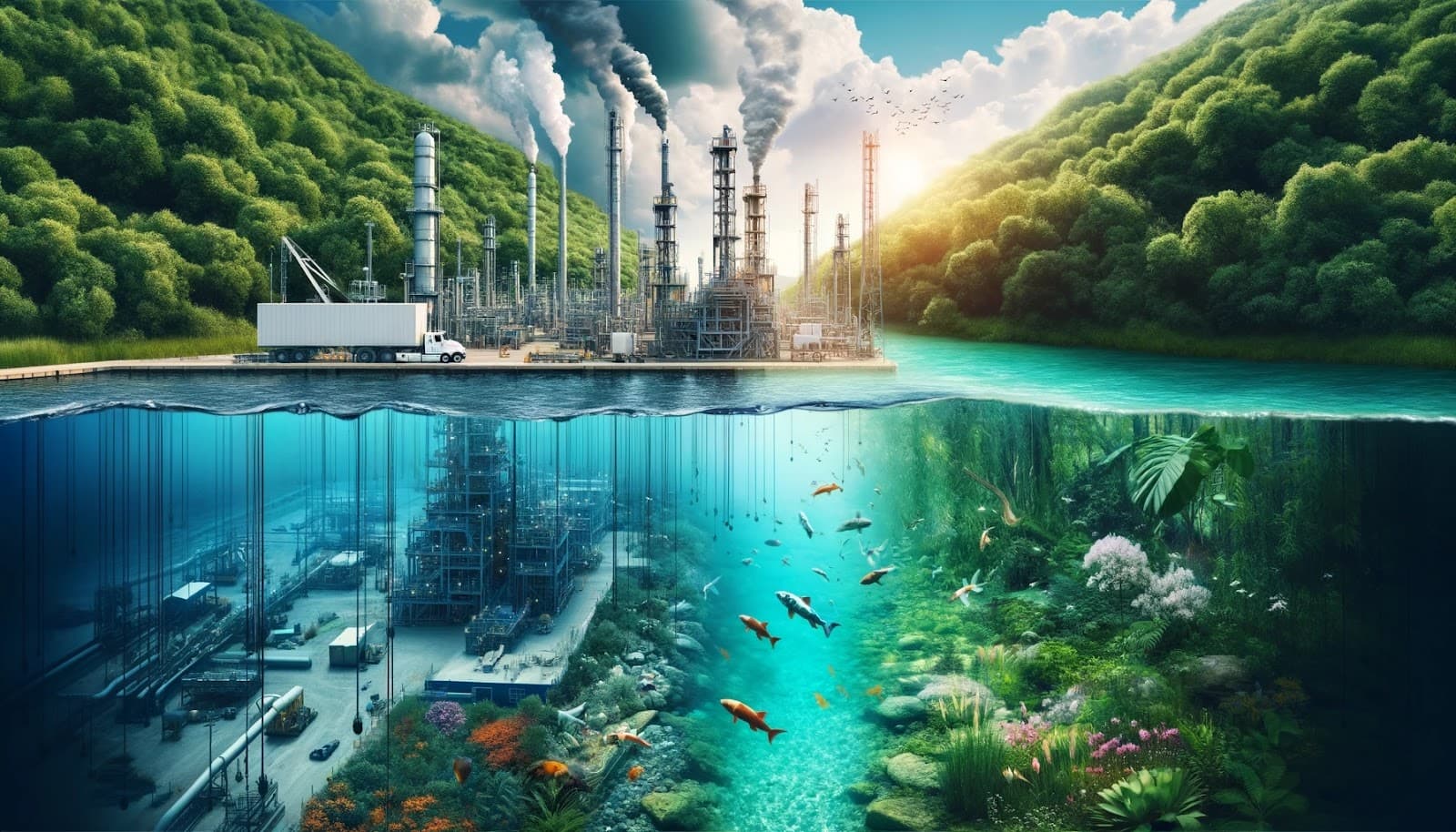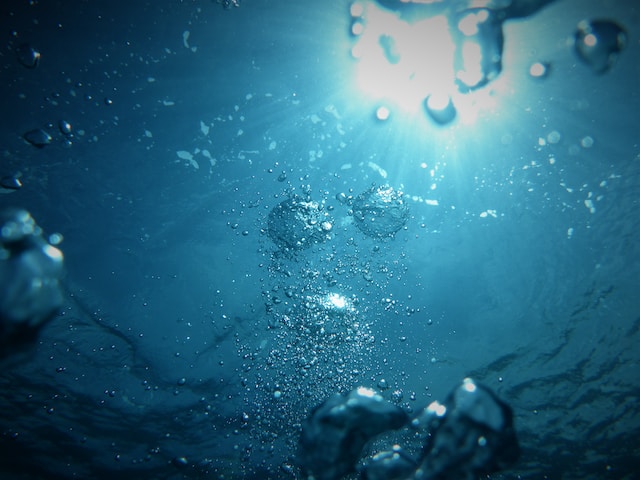The process of hydraulic fracturing, commonly known as fracking, has emerged as a significant method in the extraction of natural gas and oil, particularly in regions where conventional drilling methods fall short. This technology involves injecting high-pressure fluid into subterranean rock formations to create fractures, allowing natural gas or oil to flow more freely to the surface. While fracking has substantially boosted energy production, contributing to economic growth and energy security in several countries, its environmental impacts, particularly on water resources, have become a contentious issue. The introduction of this method has sparked a widespread debate on its sustainability and the balance between energy development and environmental conservation.
One of the most pressing concerns associated with fracking is its impact on water resources. The process requires vast amounts of water, leading to significant water withdrawals from lakes, rivers, and aquifers, which can exacerbate water scarcity in drought-prone areas. Additionally, the potential for groundwater and surface water contamination through the leakage of fracking fluids and the release of naturally occurring underground contaminants raises serious environmental and public health concerns. These issues highlight the urgent need for comprehensive studies and robust regulatory frameworks to mitigate the adverse effects of fracking on water resources, ensuring that the pursuit of energy does not come at the expense of environmental sustainability and public health.
Overview of Fracking
Hydraulic fracturing, or fracking, is a technique used to extract oil and natural gas from deep underground. It involves drilling down into the Earth before a high-pressure water mixture is directed at the rock to release the gas inside. Water, sand, and chemicals are injected into the rock at high pressure which allows the gas to flow out to the head of the well. This method is used to access reserves of oil and gas trapped in rock formations that were previously inaccessible through conventional drilling methods.
Fracking has revolutionized the energy industry, significantly increasing the production of natural gas and oil in countries like the United States, leading to energy independence and economic growth. It has also been a driving force behind the shift towards natural gas, which burns cleaner than coal, contributing to reductions in carbon emissions in the energy sector. However, the environmental impacts of fracking, particularly concerning water usage, contamination risks, and induced seismic activity, have sparked widespread debate and opposition. The process consumes large amounts of water, risks contaminating groundwater with hazardous chemicals, and has been linked to minor earthquakes. Balancing the economic benefits of fracking with its environmental and public health impacts remains a significant challenge.
Importance of Water Resources
Water resources are vital for the sustenance of life on Earth, serving as the foundation for human health, ecological integrity, and economic development. These resources, encompassing freshwater lakes, rivers, groundwater, and glaciers, are crucial for a myriad of essential activities and processes. They provide drinking water, which is fundamental for human survival, support agriculture by ensuring the irrigation of crops, and are indispensable for sanitation and hygiene, directly impacting public health. Water bodies also support fisheries and aquaculture, contributing significantly to global food security and livelihoods.
Beyond their immediate utility for sustaining life and economic activities, water resources play a critical role in maintaining ecological balance. They support diverse ecosystems, from wetlands to forests, which are home to a wide array of plant and animal species. These ecosystems not only contribute to biodiversity but also provide services such as climate regulation, flood control, and the purification of water through natural filtration processes. Additionally, waterways are vital for energy production in the form of hydroelectric power, and they support recreational and cultural activities, enriching human life in various ways. Given the multifaceted importance of water resources, their sustainable management and conservation are imperative for the well-being of current and future generations, necessitating global efforts to address challenges like pollution, overuse, and climate change impacts.
Water Usage in Fracking
Water usage in fracking, or hydraulic fracturing, is a critical aspect of the process, essential for extracting oil and natural gas from rock formations deep beneath the Earth’s surface. In fracking, a mixture of water, sand, and chemicals is injected into the ground at high pressure to fracture the rock and release the trapped hydrocarbons. This method is water-intensive, with each fracking operation requiring millions of gallons of water. The exact amount of water used can vary significantly depending on the geological characteristics of the formation, the depth and length of the well, and the specific techniques employed by the drilling company.
Concerns and Challenges:
- The extensive water demand for fracking has raised concerns, especially in regions where water resources are scarce or under stress from other uses such as agriculture, industry, and domestic consumption.
- Competition for water can exacerbate local water scarcity issues, impacting not only environmental sustainability but also other water users.
- Management of wastewater produced from fracking operations presents significant challenges due to its composition, including chemical additives, sand, and naturally occurring substances like metals and radionuclides.
- Treatment and disposal of this wastewater must be carefully managed to prevent contamination of surface water and groundwater.
Solutions and Innovations:
- Recycling and reusing wastewater is one approach to reduce water consumption and mitigate environmental impact.
- Using non-freshwater sources such as brackish water or treated industrial wastewater can alleviate the strain on freshwater reserves.
- Technological innovations are improving water efficiency in fracking operations.
The development and adoption of water-saving technologies and practices in the fracking industry are crucial for reducing its environmental footprint and aligning energy production with sustainable water management practices.
Emerging Technologies for Water-Efficient Fracking
Emerging technologies for water-efficient fracking are revolutionizing the hydraulic fracturing industry, aiming to minimize the environmental impact and reduce the massive water footprint associated with traditional fracking practices. These innovations focus on increasing water use efficiency, recycling and reusing wastewater, and exploring alternatives to water-based fracturing fluids. Their adoption is critical in addressing the environmental concerns related to water scarcity and contamination, paving the way for more sustainable energy production.
Key Technological Innovations
- Water Recycling Technologies:
- Treat flowback and produced water from fracking operations for reuse in subsequent fracturing jobs.
- Utilize advanced filtration and treatment processes like reverse osmosis, electrocoagulation, and UV disinfection to remove contaminants.
- Reduce the need for fresh water and decrease wastewater volume requiring disposal.
- Non-Aqueous Fracturing Fluids:
- Explore alternatives such as foams, gels, and gases like carbon dioxide and nitrogen.
- Foam-based fluids achieve similar fracturing efficiencies with substantially less water.
- Gases like CO2 can help in sequestering carbon dioxide, besides reducing water use.
- Waterless Fracking Technologies:
- Employ methods that eliminate the need for water as a fracturing fluid.
- Example: Propane-based gel fracturing utilizes a thick propane gel that can be recaptured and reused, eliminating water use and reducing wastewater production.
- Smart Water Management Systems:
- Integrate data analytics and automation to optimize water use throughout the fracking process.
- Ensure maximum efficiency in water management by closely monitoring usage and recycling processes.
- Help companies reduce environmental impact and operational costs.
Challenges and Considerations:
- Scalability, economic viability, and regulatory acceptance are crucial factors determining the widespread adoption of these technologies.
- Despite their promising potential, careful assessment is necessary to ensure their impact on water resources and energy production aligns with sustainability goals.
These emerging technologies underscore the fracking industry’s commitment to addressing environmental concerns, particularly regarding water use. While they offer promising pathways to more sustainable practices, continued research and development, alongside regulatory support, will be essential for their successful implementation and long-term impact.
Conclusion
In conclusion, the intersection of hydraulic fracturing (fracking) with water resource management presents a complex and critical challenge for the sustainable development of energy resources. While fracking has undeniably contributed to significant economic benefits and energy security by accessing previously unreachable reserves of oil and natural gas, its water-intensive nature and the potential for environmental contamination have raised substantial concerns. The debate surrounding fracking highlights the need for a careful balance between exploiting natural resources and protecting the environment, especially precious water resources.
Emerging technologies and innovative practices offer promising solutions to mitigate the environmental impacts of fracking, particularly regarding water usage and contamination risks. The development and adoption of water recycling technologies, non-aqueous fracturing fluids, waterless fracking methods, and smart water management systems are crucial steps toward reducing the water footprint of fracking operations. These advancements not only aim to make fracking more water-efficient but also strive to ensure the compatibility of energy extraction processes with the principles of environmental sustainability and resource conservation.
The future of fracking in the context of sustainable water use and environmental protection will significantly depend on continued research and development, regulatory frameworks that encourage responsible practices, and the industry’s willingness to adopt more sustainable technologies. As the global community grapples with the dual challenges of meeting energy demands and preserving natural resources, the evolution of fracking technologies and practices will play a pivotal role in shaping a more sustainable and environmentally responsible approach to energy production.



